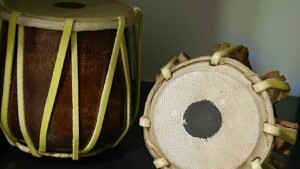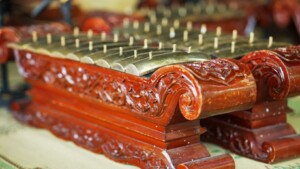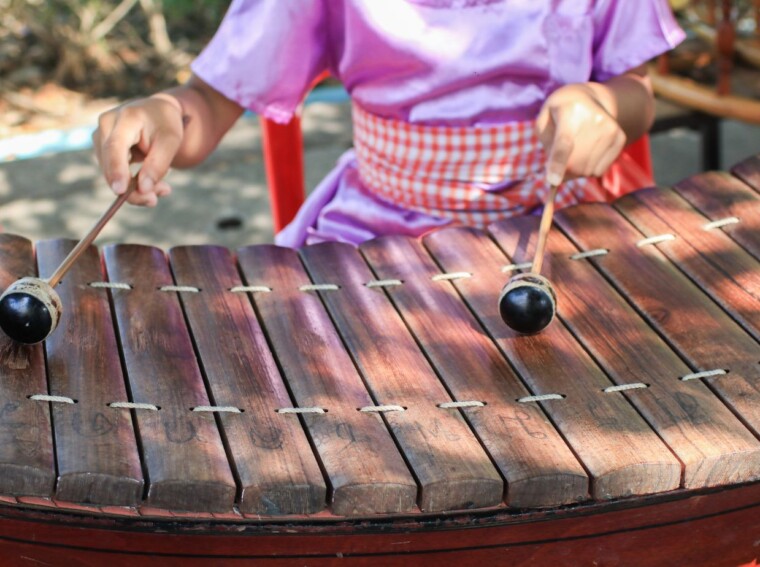Alat Musik Berasal Dari Jabar Untuk Upacara Berkaitan Dengan Panen Padi Ialah
 As I delve into the topic of musical instruments originating from West Java for rice harvest-related ceremonies, it’s fascinating to explore the rich cultural significance attached to these traditional practices. In West Java, these Alat Musik Berasal Dari Jabar Untuk Upacara Berkaitan Dengan Panen Padi Ialah (musical instruments) play a vital role in honoring the bountiful rice harvest, symbolizing prosperity and community unity.
As I delve into the topic of musical instruments originating from West Java for rice harvest-related ceremonies, it’s fascinating to explore the rich cultural significance attached to these traditional practices. In West Java, these Alat Musik Berasal Dari Jabar Untuk Upacara Berkaitan Dengan Panen Padi Ialah (musical instruments) play a vital role in honoring the bountiful rice harvest, symbolizing prosperity and community unity.
The Alat Musik Berasal Dari Jabar Untuk Upacara Berkaitan Dengan Panen Padi Ialah used in these ceremonial events are deeply rooted in Javanese traditions, reflecting the region’s history and agricultural heritage. From elaborate gamelan ensembles to simpler percussion instruments like drums and gongs, each piece contributes to creating a harmonious atmosphere during the harvest festivities.
Understanding the intricate connection between music, culture, and agriculture sheds light on how communities in West Java have preserved their customs through generations. The rhythms produced by these Alat Musik Berasal Dari Jabar Untuk Upacara Berkaitan Dengan Panen Padi Ialah serve not only as accompaniment but also as a reminder of the sacred bond between nature’s abundance and human gratitude.
The Origin of Musical Instruments in West Java for Harvest-Related Ceremonies
As I delve into the rich cultural tapestry of West Java, one cannot ignore the profound significance of musical instruments in traditional harvest-related ceremonies. These vibrant rituals are deeply rooted in the agricultural heritage of the  region, where music plays a pivotal role in expressing gratitude to nature and invoking blessings for bountiful harvests. The evolution of these instruments mirrors the fusion of indigenous practices with influences from neighboring regions, resulting in a unique sonic landscape that captivates both locals and visitors alike.
region, where music plays a pivotal role in expressing gratitude to nature and invoking blessings for bountiful harvests. The evolution of these instruments mirrors the fusion of indigenous practices with influences from neighboring regions, resulting in a unique sonic landscape that captivates both locals and visitors alike.
In West Java, the melodious sounds of Angklung, a bamboo musical instrument ensemble, resonate through paddy fields during harvest festivities. Each resonating tube represents a specific pitch, creating harmonious melodies that symbolize unity and cooperation among community members. The rhythmic patterns produced by skilled Alat Musik Berasal Dari Jabar Untuk Upacara Berkaitan Dengan Panen Padi Ialah players evoke images of swaying rice stalks in the wind, fostering a deep connection between music, nature, and human labor.
Another integral component of harvest celebrations is Gamelan Degung, an ensemble consisting of metallophones, gongs, and drums that produce intricate layers of sound. Originating from Sundanese culture, Gamelan Degung accompanies various stages of agricultural rituals with its dynamic compositions. The interplay between different instruments reflects the cyclical nature of farming activities and serves as a form of storytelling through music.
Traditional Music Instruments of West Java
Exploring the rich cultural heritage of West Java unveils a vibrant tapestry of traditional music instruments deeply intertwined with the region’s rituals and ceremonies. These instruments not only produce melodious tunes but also serve as  symbols of reverence towards nature and tradition.
symbols of reverence towards nature and tradition.
The Kendang, a two-headed drum, holds a central role in traditional Javanese music ensembles. Its rhythmic beats provide the foundation for performances, guiding other musicians and dancers in syncopated harmony. Crafted from wood or buffalo skin, the Kendang’s versatile tones range from deep reverberations to sharp accents, reflecting the diverse emotions expressed through music.
The Angklung, a bamboo musical instrument originating from West Java, enchants listeners with its resonant sounds produced by shaking its frame to create melodies. Often played in ensembles called “Angklung orchestras,” this instrument symbolizes unity as each player contributes specific notes to form harmonious compositions.
